The End of 3G Networks in Australia: Upgrade Today to Ensure a Stable Connection
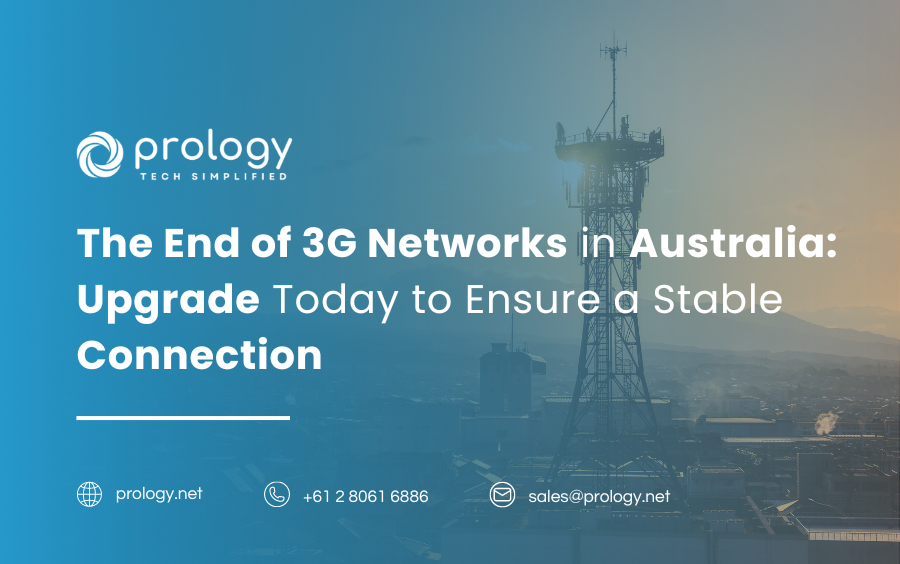
With the end of the 3G network in Australia approaching, it is important for individuals and businesses to upgrade their devices and network infrastructure to ensure a stable connection. The phase-out of 3G is part of a global transition to faster and more efficient technologies such as 4G and 5G, which offer better performance, speed and security. Let's find out with Prology the information you need to make upgrading your device easier.
1. Introduction
Telecommunication companies worldwide, including in Australia, are shutting down 3G services to reallocate resources to more advanced networks. 4G and 5G technologies in Australia provide significant improvements, such as higher data speeds, lower latency, and increased capacity. As mobile data usage continues to rise, older 3G networks are no longer able to meet modern demands, and maintaining them has become inefficient.
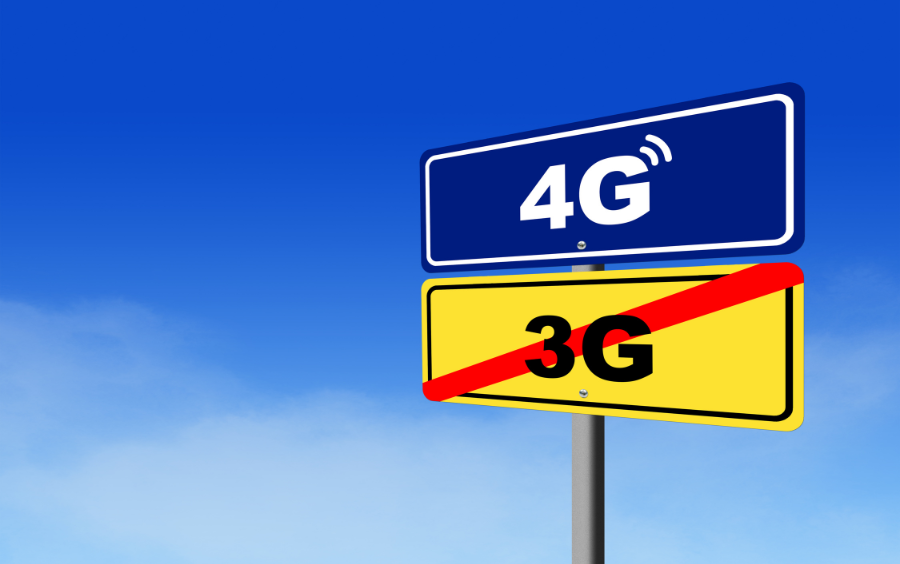
If your device or network still relies on 3G, you may experience:
- Loss of connectivity: Devices that only support 3G will no longer work for calls, texts, or data.
- Reduced network performance: Even if your device connects, the experience will be subpar, with slower speeds and poor signal quality.
- Limited service coverage: As 3G towers are dismantled, coverage areas will shrink, leaving users disconnected in certain regions.
Upgrading to 4G or 5G-enabled devices ensures you stay connected and enjoy faster internet speeds, better call quality, and more reliable service. For businesses, it’s essential to assess your current infrastructure, replace outdated equipment, and invest in future-proof technologies that support growing data demands and new applications.
By upgrading now, you not only avoid disruptions but also gain access to the benefits of modern networks, which are essential for both personal communication and business growth. Don’t wait until it’s too late—make the switch to 4G or 5G today!
2. Reasons for 3G Shutdown
Australia is preparing for the shutdown of its 3G networks, with major carriers including Telstra, Optus, and Vodafone leading this transition. The planned shutdown of 3G services is set to be completed by October 28 2024.
Advancement of 4G/5G Technology: The rapid evolution of 4G and 5G technologies offers significantly faster data speeds, lower latency, and greater network capacity compared to 3G. This advancement supports modern applications and services that require higher bandwidth and more reliable connections.
Increasing Demand for Higher Bandwidth: As data consumption and the number of connected devices continue to grow, the need for higher bandwidth and more efficient network performance becomes critical. 4G and 5G networks are designed to meet these demands, providing better support for streaming, gaming, and other high-data activities.
Cost Efficiency: Maintaining and operating 3G infrastructure is increasingly costly. By shutting down 3G services, carriers can reallocate resources and investment towards upgrading and expanding 4G and 5G networks, which are more cost-effective in the long run.
Enhanced User Experience: 4G and 5G networks offer improved coverage and reliability, reducing dead zones and providing a more consistent user experience. This is crucial for meeting the expectations of consumers and businesses in a technology-driven world.
Future-Proofing the Network: Transitioning away from 3G allows carriers to future-proof their networks by investing in technologies that will continue to evolve and support emerging innovations, ensuring they remain competitive and capable of meeting future demands.

Here is a specific timeline for the 3G shutdown by major carriers in Australia:
Telstra: Telstra plans to shut down its 3G network by mid-2024. They have already begun the process of decommissioning 3G towers and transitioning resources to 4G and 5G networks.
Optus: Optus is also set to shut down its 3G network by mid-2024. They are focusing on expanding and enhancing their 4G and 5G infrastructure in preparation for the end of 3G services.
Vodafone: Vodafone has scheduled its 3G shutdown for December 2023. They are accelerating their efforts to transition customers to 4G and 5G networks.
3. Impact on Users and Businesses
When the 3G network shuts down, several types of devices will be affected, including:
- Old Phones
- Smartphones: Older smartphones that only support 3G will lose connectivity. These include many models from earlier years that do not have 4G or 5G capabilities.
- Feature Phones: Basic mobile phones designed primarily for calls and texts that rely solely on 3G will also be impacted.
- IoT Devices
- Connected Devices: Internet of Things (IoT) devices that use 3G for connectivity, such as certain smart meters, security cameras, and tracking devices, will be disrupted. These devices will need to be updated to support 4G or 5G to continue functioning properly.
- Wearables: Some older wearable devices that connect via 3G may also be affected, depending on their technology specifications.
- Internal Networks
- Business Solutions: Internal network devices used by businesses, such as remote monitoring systems, point-of-sale (POS) systems, and certain machine-to-machine (M2M) communications, may rely on 3G for connectivity. Businesses will need to upgrade these systems to 4G or 5G to avoid disruptions.
- Embedded Systems: Industrial equipment and other embedded systems that utilize 3G connectivity for operational purposes will need to be updated or replaced with 4G/5G-compatible alternatives.
- Vehicle Systems
- Telematics: Vehicles equipped with telematics systems that use 3G for communication and data transfer will be affected. Upgrading to 4G or 5G-compatible systems will be necessary to maintain connectivity for vehicle tracking, navigation, and infotainment systems.
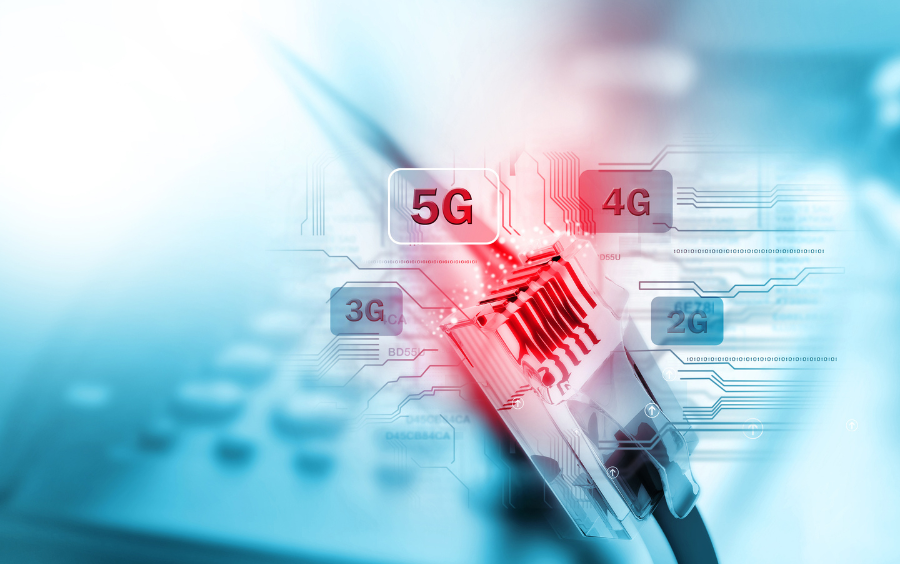
When the 3G network is discontinued, both individuals and businesses will face significant risks and impacts on their daily operations:
- Impact on Individuals
-
Loss of Connectivity: Users with old phones or devices that only support 3G will lose their ability to make calls, send texts, and access the internet.
-
Personal IoT Devices: Devices such as smartwatches and health monitoring gadgets that connect via 3G will stop functioning, causing inconvenience in tracking and managing health.
- Impact on Businesses
-
Operational Disruptions: Critical business systems like remote monitoring, point-of-sale (POS) systems, and machine-to-machine (M2M) applications relying on 3G may cease to operate, leading to interruptions in business operations and management.
-
Data and Information Loss: Businesses risk losing important data and information if 3G-connected systems are not upgraded in time.
-
Customer Services: Customer service and communication solutions that depend on 3G may encounter issues, affecting customer experience and reducing business efficiency.
Devices that will stop working when 3G is shut down
Devices must support Band 28 (700 MHz) to ensure they can use the VoLTE feature (Voice over LTE). Without this support, your device may not be able to make voice calls when 3G shuts down. Please check that your device supports Band 28 for a seamless transition. When 3G in Australia is shut down, many devices incompatible with 4G/5G networks will no longer be functional. Below is a list of devices likely to be affected
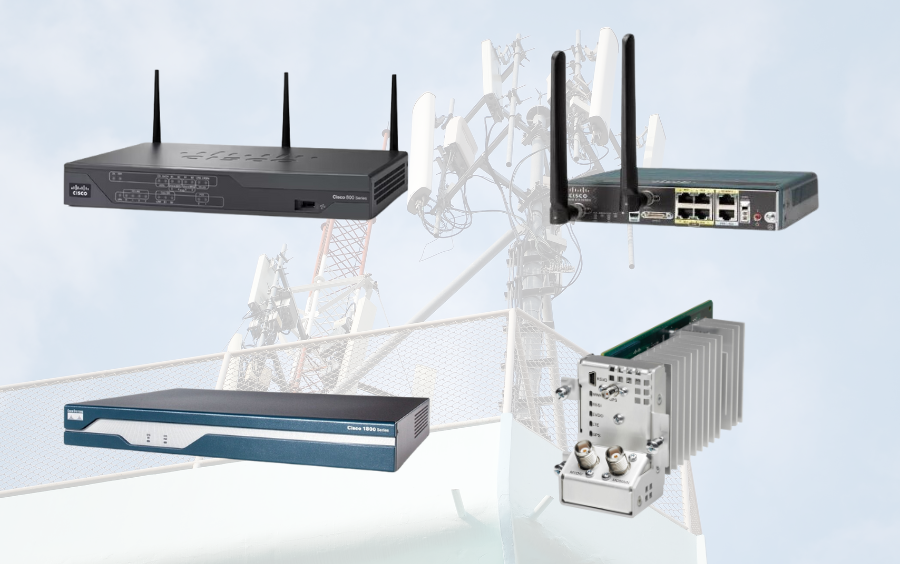
Older Network Devices
Network devices that only support 3G connectivity, especially those using 3G modems, will cease to function when 3G is discontinued in Australia. These devices are often used in areas that require mobile connectivity or in business environments lacking fixed networks, but they will lose their internet access without 3G.
Examples:
- Huawei E5331 Mobile WiFi: A mobile Wi-Fi router that supports 3G connectivity. This device will no longer be able to connect to the internet once 3G is shut down.
- Netgear 3G Router: A router that uses 3G for mobile connectivity. It will stop functioning when 3G is discontinued.
- Cisco 819ISR: This router provides 3G connectivity for industrial environments or small branch offices. When 3G is turned off, this router will need to be upgraded to a version compatible with 4G/5G.
- Cisco C880 3G Series ISR: These routers come with integrated 3G modems for remote connectivity and will cease to work when 3G is discontinued.
IoT Devices (Internet of Things)
The discontinuation of 3G networks will impact a wide range of Internet of Things (IoT) devices that rely solely on 3G connectivity. These devices are used across various sectors for monitoring, tracking, and data collection. Here’s a breakdown of the types of IoT devices that will be affected and what you can do to prepare:
- Energy Meters: Smart meters that track energy consumption and communicate usage data to utility companies over 3G will no longer work. This disruption can affect billing and energy management.
- Water Meters: Similar to energy meters, water meters using 3G for remote data transmission will be impacted, affecting water usage tracking and service.
- 3G Security Cameras: Older surveillance cameras that send video feeds or alerts over 3G networks will stop functioning. This impacts home and business security systems that rely on 3G for monitoring.
- Alarm Systems: Alarm systems that use 3G for sending notifications and alerts to security services will face disruptions, affecting both residential and commercial security.
- Remote Monitoring Systems: Industrial systems used for monitoring environmental conditions, infrastructure, or processes that rely on 3G will lose connectivity. This includes sensors and control systems used in manufacturing, utilities, and infrastructure management.
Enterprise Telecom Systems
As 3G networks are discontinued, many enterprise telecom systems that rely solely on 3G connectivity will cease to function. These systems are crucial for managing, connecting, and operating business networks. Here are some examples and impacts of the 3G shutdown on enterprise telecom systems:
- Industrial Routers: Routers like the Cisco 819 3G ISR or Cisco C880 3G Series ISR, used for providing mobile connectivity to branch offices or industrial environments, will stop working once 3G is shut down.
- 3G Modems: Modems such as the Sierra Wireless AirPrime or Telit LE910, used for mobile network connectivity in industrial applications, will lose functionality.
- Communication Systems: Systems such as Avaya IP Office or Cisco Unified Communications Manager that may use 3G for remote connections and communication will experience disruptions.
- Data Synchronization Systems: Devices and systems using 3G for remote data synchronization, like Oracle Mobile Server or SAP Mobile Solutions, will be affected.
Medical Devices Using 3G
The discontinuation of 3G networks will impact a range of medical devices that rely on 3G connectivity for data transmission, monitoring, and communication. These devices are crucial for patient care, remote monitoring, and medical data management. Here are examples of medical devices affected by the 3G shutdown and what actions to take:
- Remote Health Monitoring Devices:
- Wearable Health Monitors: Devices like the iHealth Wireless Blood Pressure Monitor or Withings Wireless Scale use 3G to transmit patient data such as blood pressure, weight, and other health metrics to healthcare providers. Without 3G, these devices may no longer be able to send data.
- Glucose Monitors: Continuous glucose monitors (CGMs) such as the Dexcom G6 or Medtronic Guardian Connect, which use 3G to send glucose readings to healthcare providers or caregivers, will face disruptions.
- Telemedicine Units: Devices used for telemedicine consultations, like Teladoc or American Well systems that rely on 3G for video consultations and data sharing, will be impacted.
- Remote Diagnostic Tools: Tools that perform remote diagnostics and share results with healthcare professionals via 3G will be affected.
- Emergency Medical Alarm Systems: Emergency medical alarm systems that use 3G connectivity to send alerts, notifications, and information to caregivers or emergency services will be significantly impacted by the 3G shutdown. Here are some examples and steps to take
-
- Personal Emergency Response Systems (PERS)
- Philips Lifeline: This system provides emergency buttons for users to call for immediate help. If it relies solely on 3G, it will no longer be able to send emergency alerts when 3G is shut down.
- GreatCall Lively: This personal alarm system features an emergency button and the ability to contact emergency services via 3G. When 3G is discontinued, its ability to summon help will be affected.
- Implantable Medical Devices with 3G Connectivity: Implantable medical devices that use 3G connectivity for transmitting data and communicating with healthcare providers will be impacted by the 3G shutdown. These devices are essential for monitoring patient health and managing chronic conditions. Here’s a look at how the shutdown will affect these devices and the steps you should take
-
- Continuous Glucose Monitors (CGMs): Certain CGMs that are implantable and use 3G to transmit glucose readings to healthcare providers will experience disruptions. This can affect the ability to manage diabetes effectively.
- Implantable Sensors: Devices that monitor various physiological parameters (e.g., pressure sensors for heart failure) and use 3G for data transmission will be impacted.
4. Upgrade Solutions
Check Device Compatibility:
- Verify Network Support: Check if your current devices support 4G or 5G. This can typically be done through the device settings or specifications provided by the manufacturer.
- Look for Band 28 (700 MHz) Support: For voice calls over 4G, ensure that your devices support Band 28 (700 MHz). This is essential for using VoLTE (Voice over LTE).
- As 3G networks are phased out, maintaining uninterrupted connectivity is essential. Prology offers a range of advanced routers, modems, and network solutions designed to replace outdated equipment and ensure a smooth transition to 4G/5G networks. Here’s how Prology can help:
- 4G/5G Compatibility: Prology’s modems are designed to be compatible with 4G and 5G networks, ensuring that you can stay connected even after the 3G network is shut down.
- As 3G networks are being phased out, it's crucial for hospitals, clinics, and individuals using 3G-based medical devices to ensure a seamless transition to 4G or 5G networks. Upgrading to 4G/5G versions is essential to avoid any disruption in remote monitoring and medical support.
Prology offers a range of modern networking solutions to replace outdated equipment and ensure a smooth transition from 3G to 4G/5G. Here are some key products and services from Prology
5G Supported Equipment:
- Cisco Catalyst 8000 Series Edge Platforms – These routers support both 4G LTE and 5G for enterprise-level WAN connections. They are designed for SD-WAN environments and provide advanced features like secure connectivity, high throughput, and network segmentation over 5G networks.
- Cisco Catalyst 8200 and 8500 Series models are examples that support 5G.
- Cisco IR1101 Integrated Services Router – This modular industrial router can support 5G with the addition of a 5G pluggable module. It is particularly useful for IoT applications and environments where high-speed mobile connectivity is crucial.
- Cisco UCS 5G Solutions – Cisco collaborates with partners to provide end-to-end 5G solutions, especially in the IoT space, integrating 5G with cloud, edge, and enterprise networks.
- Cisco 5G Wireless Gateway – Designed for remote sites and edge deployments, it offers fast, reliable 5G connectivity.
These platforms are aimed at future-proofing networks and providing high-speed, low-latency 5G WAN services for enterprises, retail, IoT, and industrial applications.

4G Supported Equipment:
- Cisco 1000 Series ISR – Offers LTE Advanced (4G) support for mobile network connectivity. These routers are ideal for small branch offices, retail stores, or remote sites where wired WAN access may not be available or is cost-prohibitive.
- Cisco 800 Series ISR – Known for its support of cellular networks, including 4G LTE, for secure WAN connectivity in areas with limited wired infrastructure.
- Cisco 4000 Series ISR – Certain models can be equipped with LTE Advanced modules to support cellular WAN.
- Cisco ENCS 5000 Series – Offers 4G LTE options as part of its network functions virtualization (NFV) capabilities, making it ideal for virtualized environments with mobile connectivity requirements.
These models provide reliable, high-speed wireless backup for critical networks or remote locations using 4G LTE services.
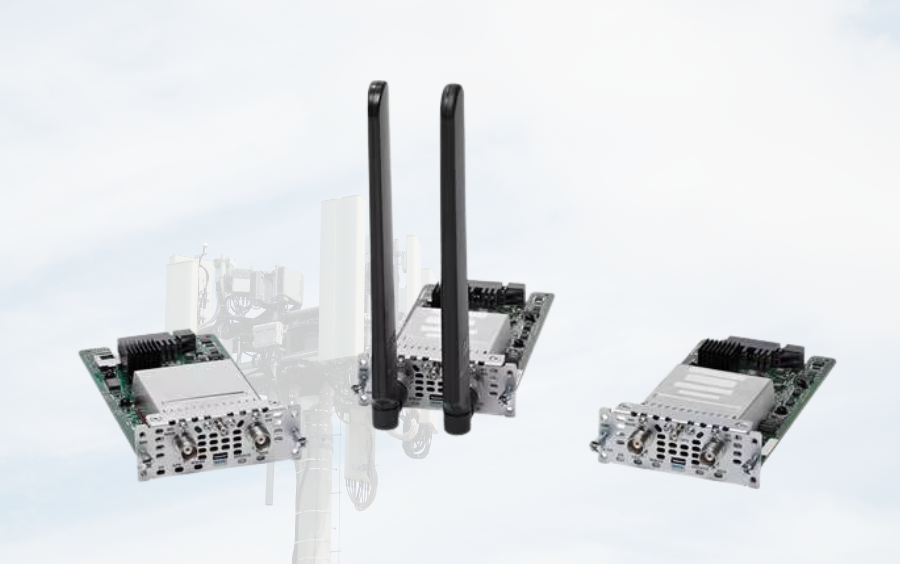
5. Benefits of Upgrading to 4G/5G
One of the most significant advantages of 4G and 5G networks is their dramatically higher data speeds compared to 3G. Upgrading allows users to enjoy:
- Faster Downloads and Uploads: 4G and 5G offer faster downloads, streaming, and real-time communication, making them ideal for personal, business, and multimedia use.
- Enhanced Productivity: With quicker internet speeds, businesses and individuals can handle data-intensive applications, video conferencing, and cloud services more efficiently.
One of the most significant differences between 3G, 4G, and 5G is the network speed. Below are the approximate download and upload speeds for each generation:
- 3G: Average download speed is 2-8 Mbps, which is sufficient for basic internet browsing and light streaming.
- 4G: Offers up to 150 Mbps, allowing HD streaming, faster downloads, and smoother mobile usage.
- 5G: The fastest, with speeds of 1 Gbps or more, making it ideal for high-quality streaming, gaming, and ultra-fast downloads.
Check Device Compatibility:
- Mobile Phones/Tablets: Look at the technical specifications of your device (either in the user manual or on the manufacturer’s website). Check if the device supports 4G LTE or 5G and specific frequency bands such as Band 28 (700 MHz), which is essential for Voice over LTE (VoLTE) in Australia.
- Routers/Modems: Review the specifications to verify 4G/5G compatibility. Older routers or modems may only support 3G and will need to be replaced.
Conclusion and Call to Action:
With the upcoming shutdown of 3G networks in Australia, upgrading to 4G/5G is essential to avoid service disruptions and ensure uninterrupted connectivity. As technology advances, older 3G devices will no longer function, impacting communication, businesses, and critical systems like healthcare monitoring. Upgrading ensures faster, more reliable internet and future-proofs your network.
We encourage all customers to check their devices now and upgrade to 4G/5G-compatible products through Prology. By upgrading today, you safeguard against any disruptions when 3G services end.
With our motto, "Green Today, Greener Tomorrow," Prology is committed to supporting customers in upgrading their devices while minimizing electronic waste. Together, we can ensure a smoother transition while reducing the environmental impact of outdated technology.
Upgrade your system with Prology—protect your connection and the planet!
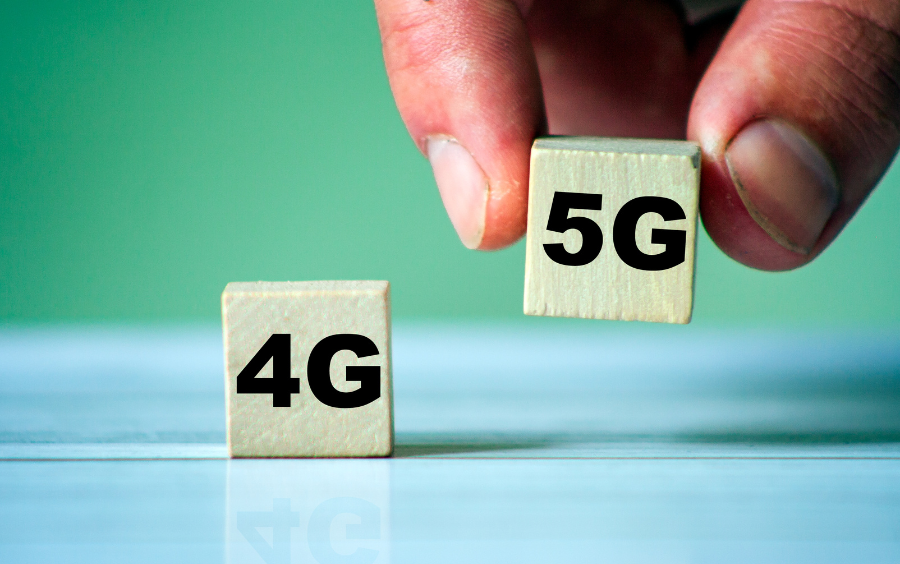
6. Frequently Asked Questions (FAQ)
When will 3G shut down in Australia?
The shutdown of 3G networks in Australia will occur in phases over the coming years. Telstra plans to turn off its 3G network by the end of 2024. Optus and Vodafone are expected to follow, with their 3G services being phased out shortly after Telstra’s shutdown. Specific dates for each carrier may vary, so it's essential to check directly with your service provider for the most accurate and up-to-date information.
What devices do I need to upgrade to continue using the network?
To continue using mobile networks after 3G is shut down, you’ll need to upgrade to devices that support:
- Smartphones: Devices must support 4G LTE or 5G. Older 3G-only phones will need to be replaced.
- Routers and Modems: Any 3G-only routers or modems must be upgraded to 4G LTE or 5G models for internet connectivity.
- IoT Devices: Internet of Things devices that use 3G need to be upgraded to support 4G LTE or 5G.
- Medical Devices: Healthcare devices that use 3G for remote monitoring should be updated to 4G LTE or 5G models to avoid interruptions.








